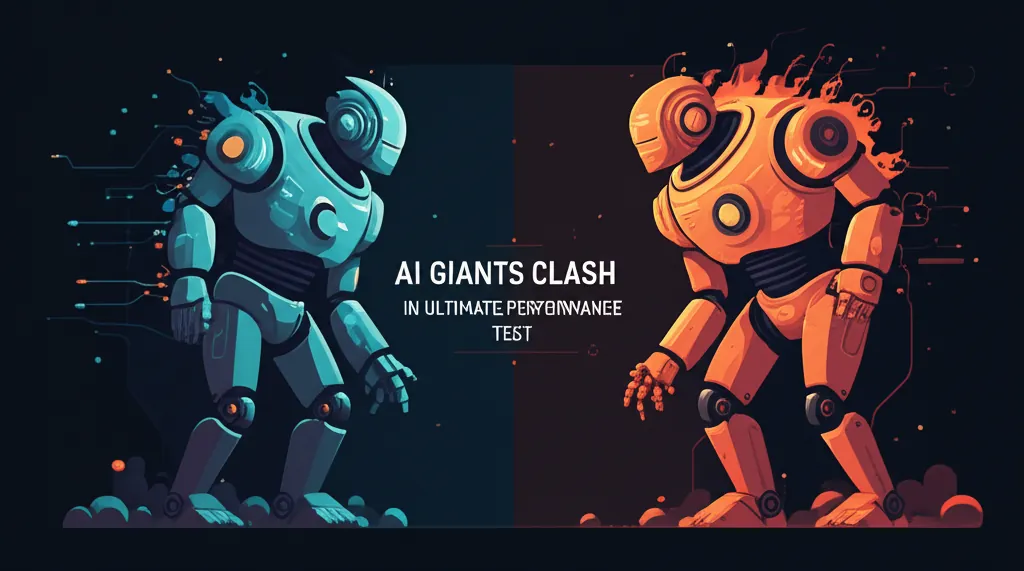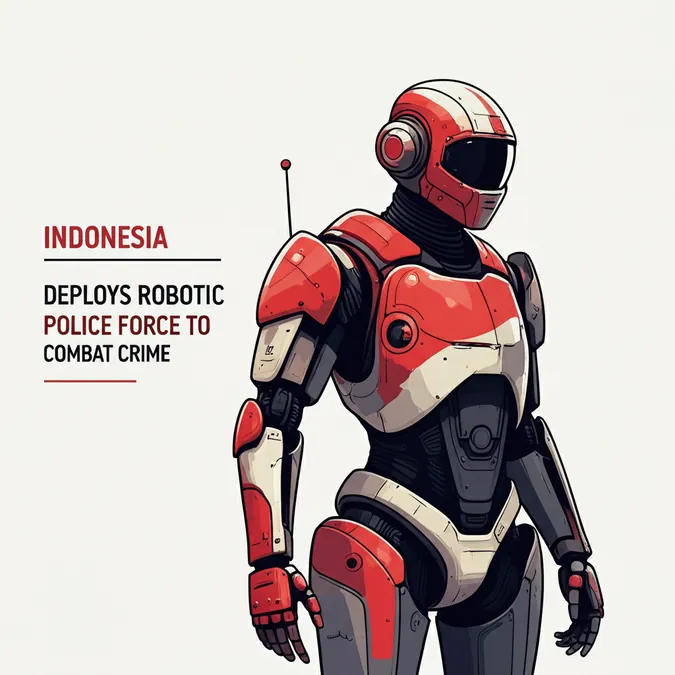Developer Offer
Try ImaginePro API with 50 Free Credits
Build and ship AI-powered visuals with Midjourney, Flux, and more — free credits refresh every month.
AI Vision Revolutionizing Rock Blasting in Modern Mining
The Rise of AI in Industrial Operations
Artificial intelligence, particularly AI-driven image recognition, has become a cornerstone of modern computer vision. As a key branch of AI, it enables computers to process, analyze, and understand images to identify various targets and objects. With rapid advancements in deep learning, image recognition technology has matured significantly, growing into a market worth nearly 39 billion US dollars. It is now widely applied in essential sectors like transportation, medicine, agriculture, and aerospace, powering everything from facial recognition and medical diagnostics to traffic management.
In the mining industry, the ability to quickly and intelligently recognize post-blast images is crucial for evaluating the effectiveness of an explosion. This analysis is vital for improving blasting efficiency. While many experts have explored image analysis for blasting quality, this study introduces a new model based on machine learning to evaluate two key metrics: the pre-splitting half-hole rate and the size of rock fragments (fragmentation).
How AI Evaluates Blasting Quality
Traditional methods for evaluating blasting effects are slow, labor-intensive, and often inefficient. AI-powered intelligent image analysis overcomes these drawbacks by improving both the speed and accuracy of the evaluation. This process uses computer vision and a machine learning database to deliver the required analysis results.
The image recognition process can be broken down into three main stages:
- Input: Images are collected using digital cameras or video recorders and displayed on a computer for processing.
- Processing and Analysis: This core stage involves two steps:
- Image Processing: The raw image is cleaned of noise and interference. This includes enhancing image clarity (brightness, contrast), restoring degraded images, compressing files for easy transfer, and segmenting the image into distinct regions based on color, shape, or texture.
- Image Recognition: Key features required for analysis are extracted and classified from the processed image.
- Output: The results are exported in user-friendly formats like graphs and tables, providing actionable insights to guide and evaluate blasting quality.
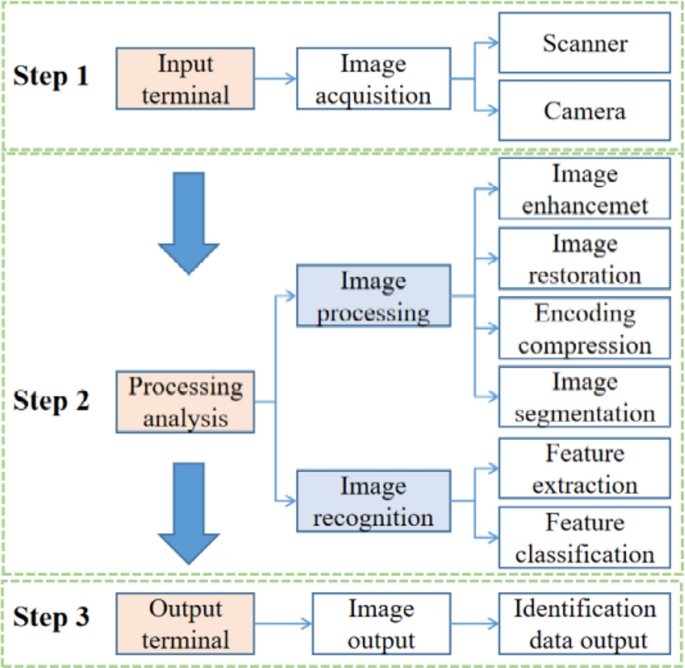
This study employed a Convolutional Neural Network (CNN) architecture, training it on a library of 200 blasting images to continuously refine the model's accuracy. The image pre-processing involved grayscale conversion, geometric transformation, and image enhancement to ensure reliable feature extraction.
AI Analysis of Pre-Splitting Half-Holes
What is the Half-Hole Rate?
In pre-split blasting, a series of boreholes are drilled to create a clean fracture plane. Ideally, after the blast, exactly half of each borehole remains on the final rock wall. The "half-hole rate" is the ratio of the total length of these preserved borehole traces to the total drilled length. A high half-hole rate indicates minimal damage to the surrounding rock, which is critical for the safety and stability of the resulting slope. Quality standards vary by rock type, with hard rock requiring a rate of at least 80%.
AI-Powered Recognition and Results
The intelligent analysis process involves collecting photos of the post-blast rock face and feeding them into the trained AI model, which identifies and measures the half-hole segments. In a case study involving 14 pre-splitting blast holes, the AI model's results were compared against manual measurements to verify its accuracy.
- Manual Statistics: Total half-hole length was 116.37 m, for a rate of 68.16%.
- AI Image Recognition: Total half-hole length was 114.64 m, for a rate of 67.15%.
The average difference between the two methods was a mere 1.49%, confirming the high reliability of the image recognition approach for evaluating pre-splitting blasting quality. The data showed that in areas with poorer rock quality, the half-holes were more fragmented, leading to slightly larger discrepancies.
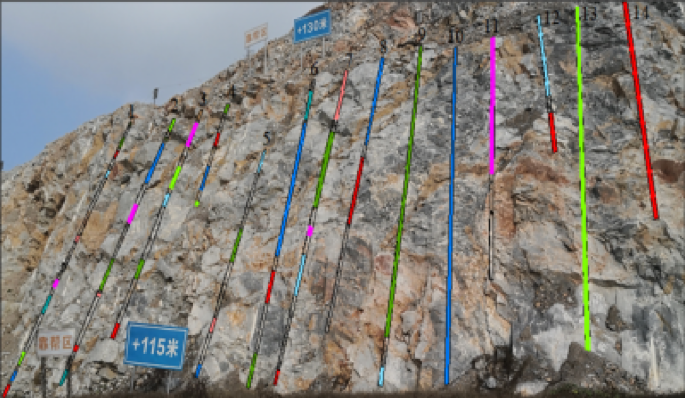
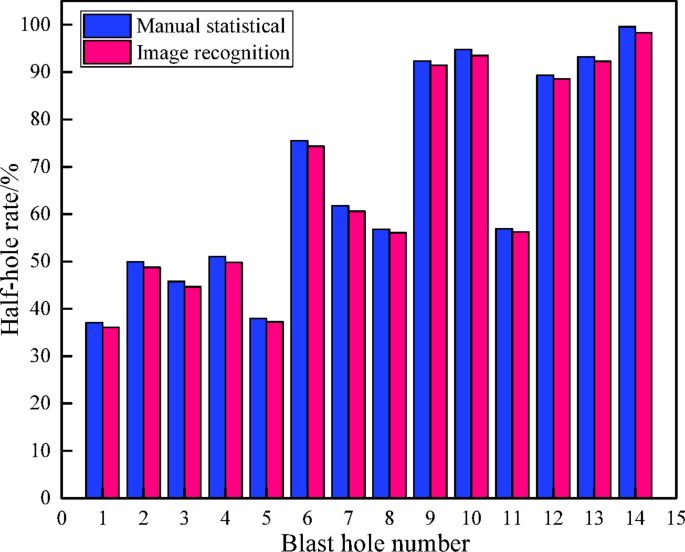
Further analysis revealed that the majority of identified half-hole segments fell within the 1-5 meter length range. This insight allows engineers to optimize explosive charges and timing to improve fracture control and ensure slope stability.
Analyzing Rock Fragmentation with AI
Measuring Blasted Rock Size
Rock blasting fragmentation refers to the size of rock pieces after a blast. The goal is to produce fragments small enough for shovels and crushers to handle efficiently. The percentage of oversized rocks (the "large block yield rate") is a critical quality metric. Traditionally, this is measured by manually screening rock piles, a cumbersome and often impractical process.
Intelligent Identification in Action
An AI program was developed to automatically identify key parameters like rock block boundaries, area, and perimeter from photos of the blasted rock pile (muckpile). A square frame with a 1-meter side length was used in photos as a scale reference.
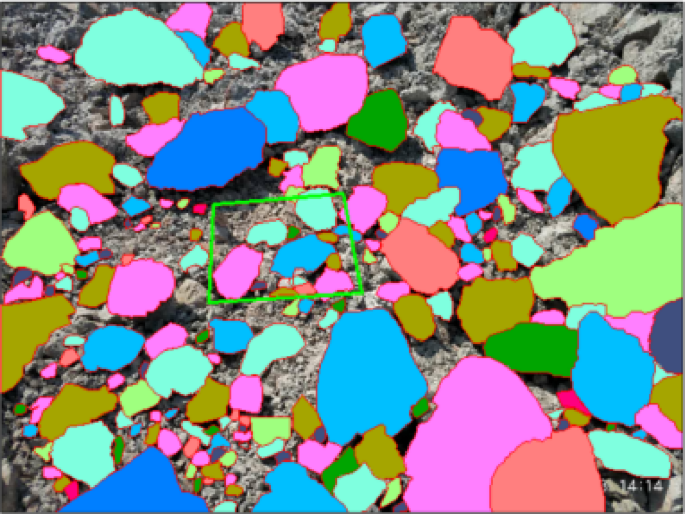
The AI analysis showed a strong correlation between block volume and perimeter. The study proposed using both the equivalent circular diameter and the perimeter as effective indicators for evaluating block size. The accuracy of this method depends on image clarity and the camera angle, as overlapping rocks can introduce errors.
Discovering Distribution Patterns
By analyzing data from ten separate experiments, the AI model revealed distinct patterns in fragmentation distribution. On average, 50% of the fragments were smaller than 63.4 mm, and 90% were smaller than 200 mm, indicating effective blast control.
Plotting the cumulative distribution of fragment sizes revealed a distinct "S"-shaped curve. This curve represents three phases of fragmentation:
- Initial Stage: Energy is focused on existing rock defects, creating an initial crack network with a low rate of fragmentation.
- Intermediate Stage: Explosive gas pressure causes cracks to expand and intersect rapidly, efficiently creating a large number of medium-sized fragments.
- Late Stage: Energy dissipates, and fragmentation slows, leaving behind the largest blocks.
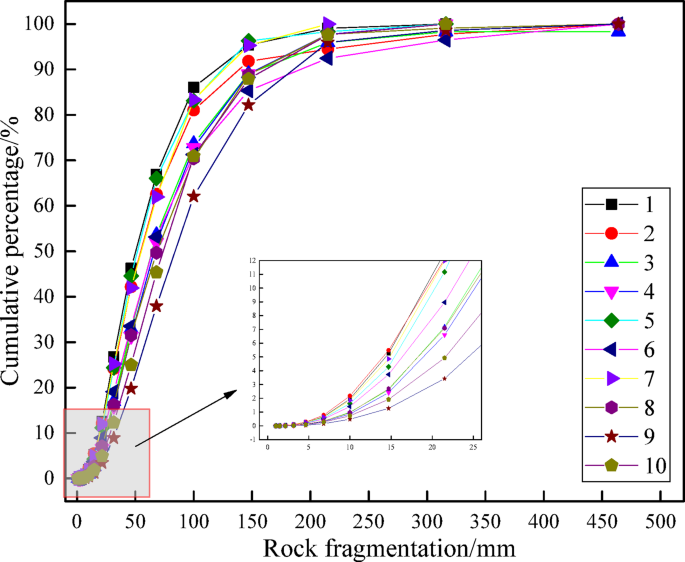
This "S" curve was accurately modeled using the Pearson curve function. The study also found that the traditional Rosin-Rammler (R-R) model for predicting block size distribution was not entirely accurate. A modified, segmented R-R model was proposed to better reflect the distribution characteristics and provide a more accurate tool for predicting fragmentation.
Key Takeaways and Future Directions
- High Efficiency: AI-based image recognition significantly enhances the efficiency and accuracy of blasting quality evaluation, overcoming the limitations of manual analysis.
- Proven Reliability: With an average error of just 1.49% compared to manual methods, the AI model for half-hole rate analysis is highly reliable and can be used to optimize blasting parameters.
- Advanced Fragmentation Insights: The AI method for fragmentation analysis not only measures block sizes but also uncovers underlying distribution patterns, leading to improved predictive models like the modified R-R function.
- Areas for Improvement: The study acknowledges limitations. The current technology can only analyze surface-level fragmentation, not the interior of the muckpile. Furthermore, external factors like lighting and image quality can affect accuracy. Future research will need to address these challenges to further refine this promising technology.
Compare Plans & Pricing
Find the plan that matches your workload and unlock full access to ImaginePro.
| Plan | Price | Highlights |
|---|---|---|
| Standard | $8 / month |
|
| Premium | $20 / month |
|
Need custom terms? Talk to us to tailor credits, rate limits, or deployment options.
View All Pricing Details